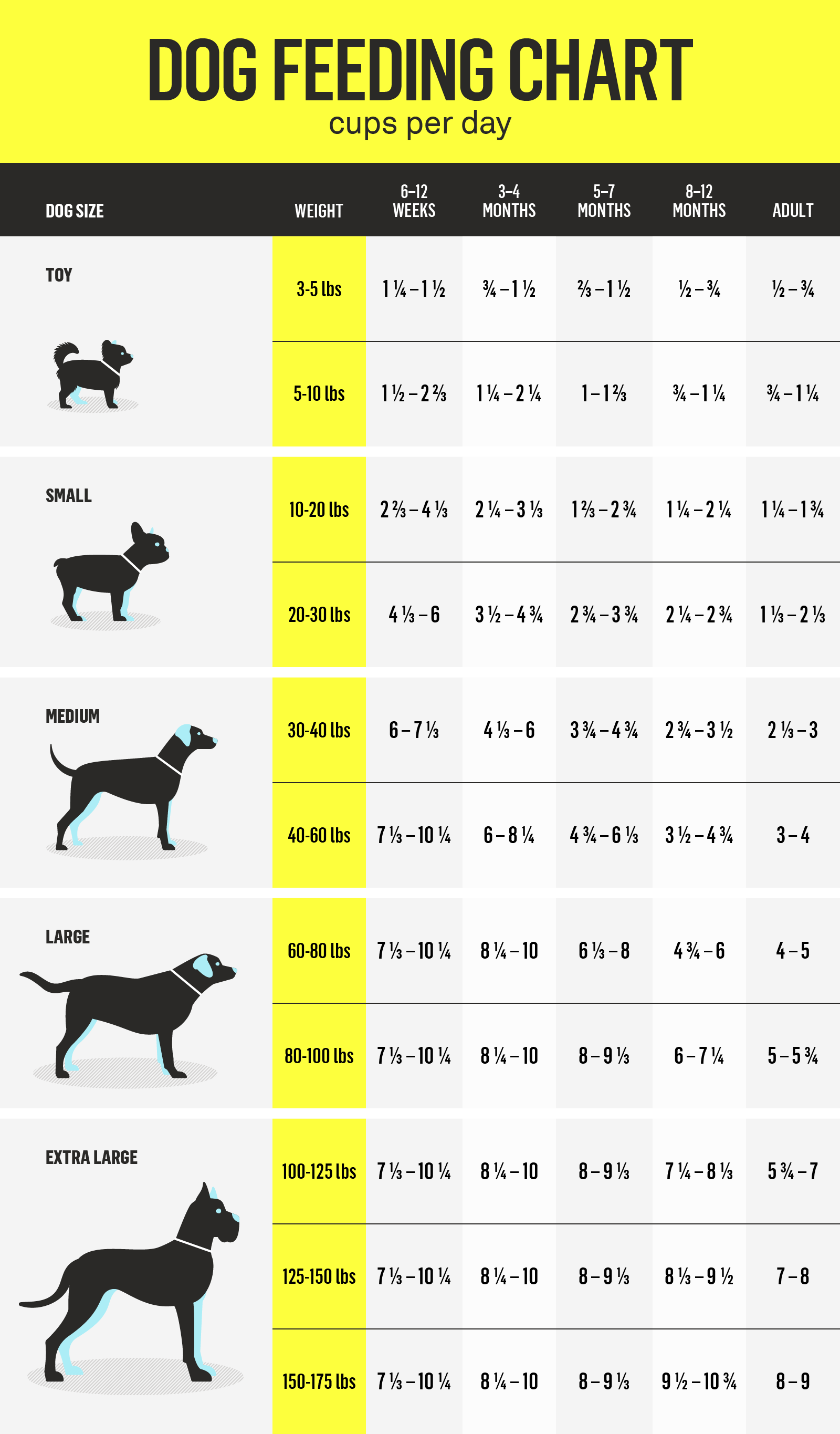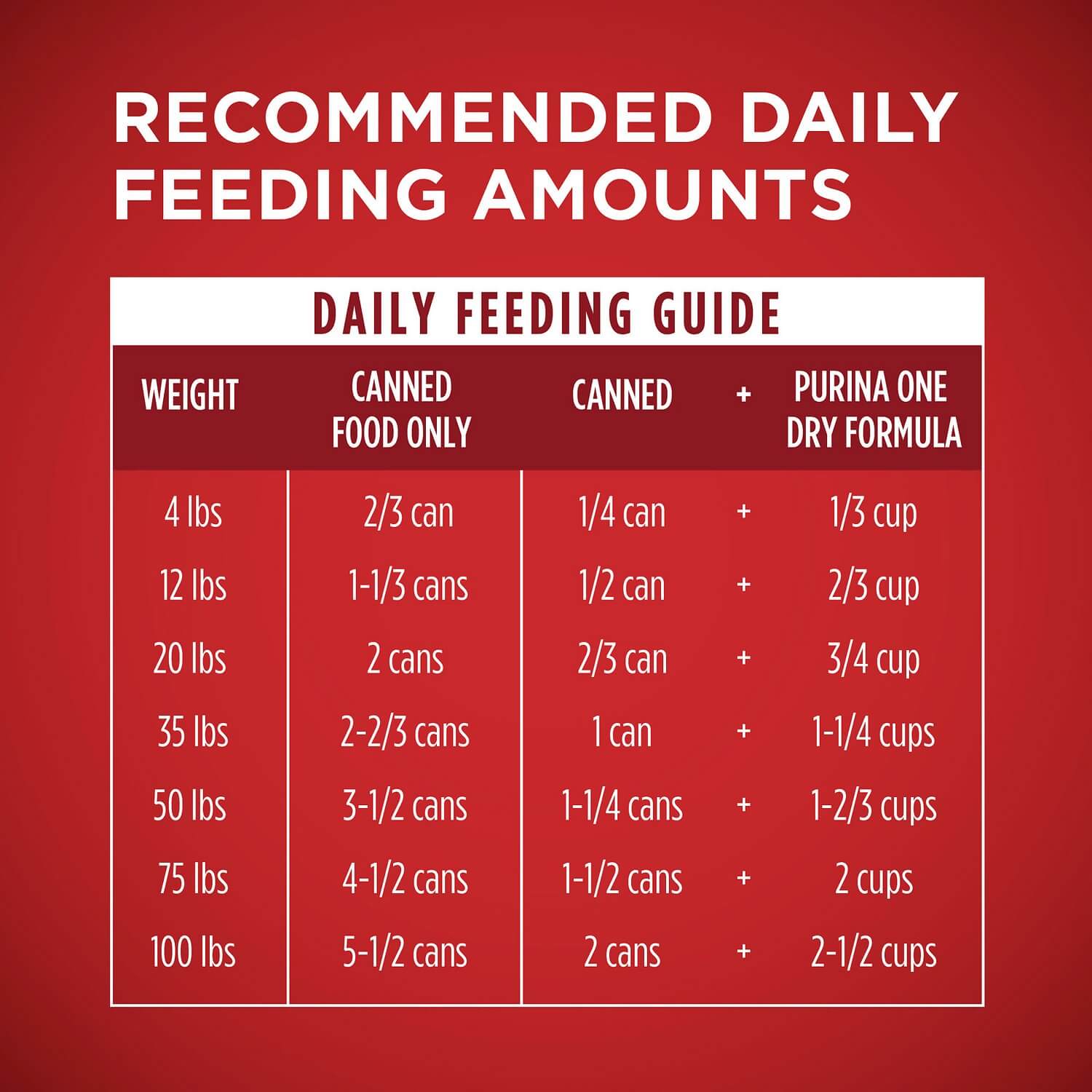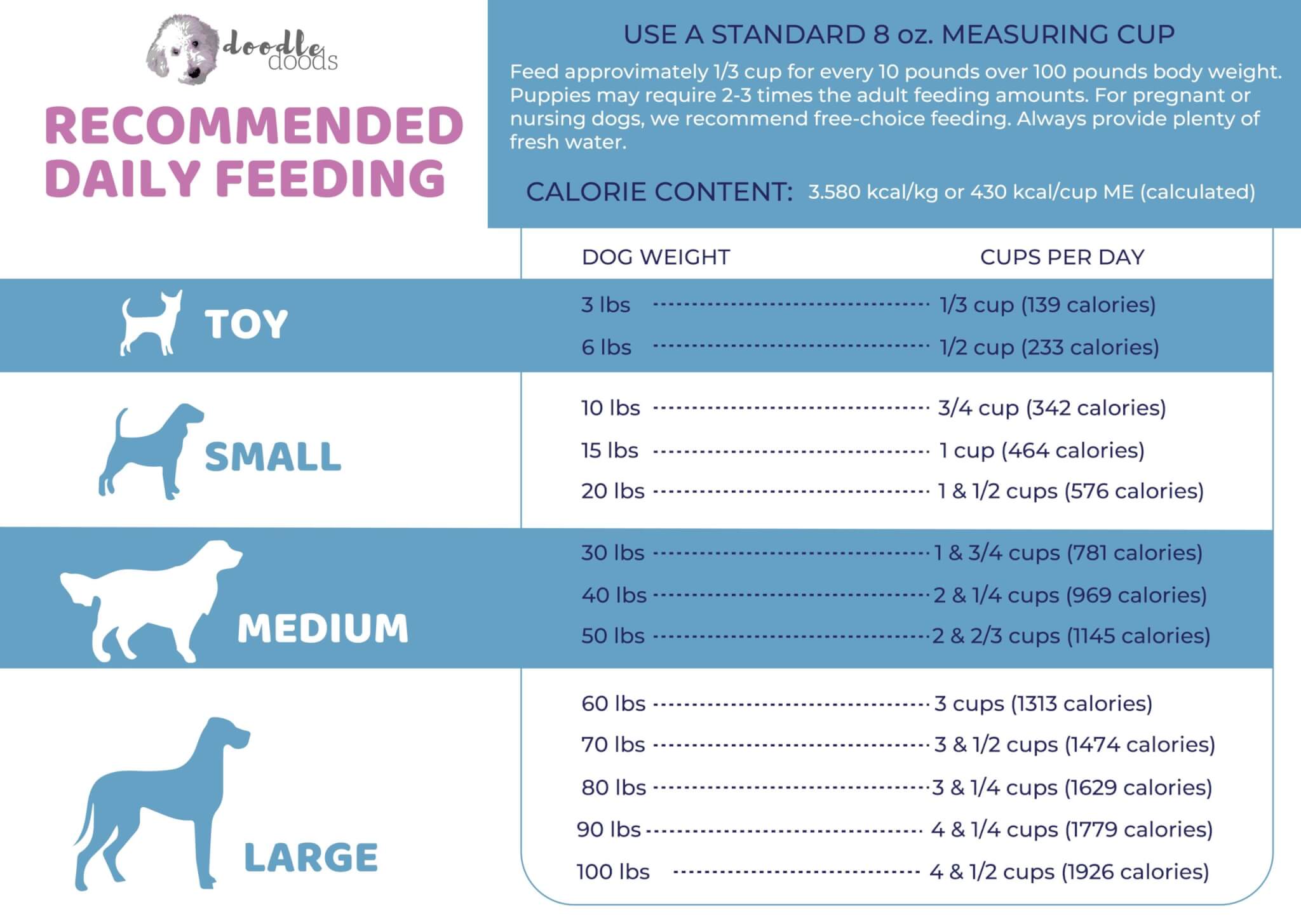Determining The Optimal Dog Food Portions: A Guide To Cups Per Pound
When it comes to feeding your beloved canine companion, determining the optimal dog food portions is of paramount importance. Overfeeding can lead to obesity, while underfeeding can result in malnutrition and energy deficiencies. As pet owners, we want to provide our furry friends with a healthy and balanced diet that meets their unique nutritional needs. In this comprehensive guide, we will delve into the intricacies of determining the optimal dog food portions based on cups per pound, empowering you with the knowledge to ensure your dog’s well-being.

Printable Portion Sizes Chart – Source templates.hilarious.edu.np
Assessing Your Dog’s Individual Needs
Every dog is unique, with varying activity levels, metabolism, and body composition. These individual factors influence the amount of food they require. A highly active working dog, for instance, will need more calories than a sedentary indoor pet. Similarly, a large breed dog will typically consume more food than a small breed. Understanding your dog’s specific needs is the cornerstone of determining the optimal dog food portions.

Dog Feeding Chart Printable – Printable Word Searches – Source davida.davivienda.com
Determining Optimal Portions Based on Cups Per Pound
Veterinarians generally recommend feeding dogs a specific number of cups of food per day based on their weight. This ratio varies depending on the dog’s age, activity level, and other factors. As a general guideline, adult dogs require approximately 2-3% of their body weight in food per day. For example, a 50-pound dog would need between 1-1.5 cups of food per day.

Blue Buffalo Puppy Feeding Chart – Cool Product Evaluations, Offers – Source lrfdebdj.blogspot.com
The History and Myths of Dog Food Portions
Traditionally, dog owners relied on subjective methods to determine food portions, such as using a measuring cup or estimating by handfuls. However, with advancements in veterinary science, we now have a more scientific understanding of canine nutritional requirements. The “cups per pound” method has emerged as the preferred approach, providing a more precise and tailored approach to feeding dogs.

Homemade Dog Food Serving Size Chart – Source leonwheeler.z13.web.core.windows.net
Unlocking the Secrets of Dog Food Portions
Determining the optimal dog food portions is not merely a matter of following a rigid formula. It requires a keen understanding of your dog’s individual needs, activity level, and any underlying health conditions. Paying attention to your dog’s body condition and energy levels can help you fine-tune the portions as needed.

How Much Fresh Food Should A Dog Eat Per Day: A Guide – Source duanvanphu.com
Recommendations for Calculating Dog Food Portions
To ensure your dog receives the proper nutrition, follow these recommendations:

The 10 Best Wet Dog Foods 2023 | DogFoodAdvisor – Source www.dogfoodadvisor.com
Tips for Determining The Optimal Dog Food Portions: A Guide To Cups Per Pound

Dog Food Portions Chart – Source samanthadavey.z13.web.core.windows.net
Fun Facts about Dog Food Portions

Dog Food Portions Chart – Source samanthadavey.z13.web.core.windows.net
How to Determine The Optimal Dog Food Portions: A Guide To Cups Per Pound
To determine the optimal dog food portions using the cups per pound method, follow these steps:
1. Determine your dog’s ideal weight.
2. Choose a high-quality dog food specifically formulated for your dog’s age, activity level, and any special needs.
3. Refer to the feeding guidelines on the dog food packaging to find the recommended daily amount based on your dog’s weight.
4. Measure out the recommended daily food amount using a calibrated measuring cup.

Course Documents – Doodle Doods – Source doodledoods.com
What If You Overfeed Your Dog?
Overfeeding can lead to a host of health problems, including obesity, joint pain, and diabetes. If you suspect you may be overfeeding your dog, consult with a veterinarian to adjust the portions and develop a healthier feeding plan.

Portion size | Nutrition infographic, Portion sizes, Portion size guide – Source www.pinterest.co.uk
A List of Benefits of Determining The Optimal Dog Food Portions: A Guide To Cups Per Pound
Questions and Answers about Determining The Optimal Dog Food Portions: A Guide To Cups Per Pound
Q: How often should I feed my dog?
A: Most adult dogs should be fed twice a day. Puppies and senior dogs may need more frequent meals.
Q: What should I do if my dog is overweight?
A: Consult with a veterinarian to determine the cause of the weight gain and develop a plan to safely reduce your dog’s weight.
Q: What are some signs of underfeeding in dogs?
A: Lethargy, weight loss, and excessive hunger can be signs of underfeeding.
Q: How can I prevent my dog from overeating?
A: Feed your dog in a designated area, use a slow feeder bowl, and avoid giving table scraps.
Conclusion of Determining The Optimal Dog Food Portions: A Guide To Cups Per Pound
Determining the optimal dog food portions using the cups per pound method is a crucial aspect of responsible pet ownership. By providing your dog with the appropriate amount of nutrition, you can support their overall health, happiness, and longevity. Remember to consult with a veterinarian regularly to ensure your dog’s dietary needs are being met throughout their life stages.